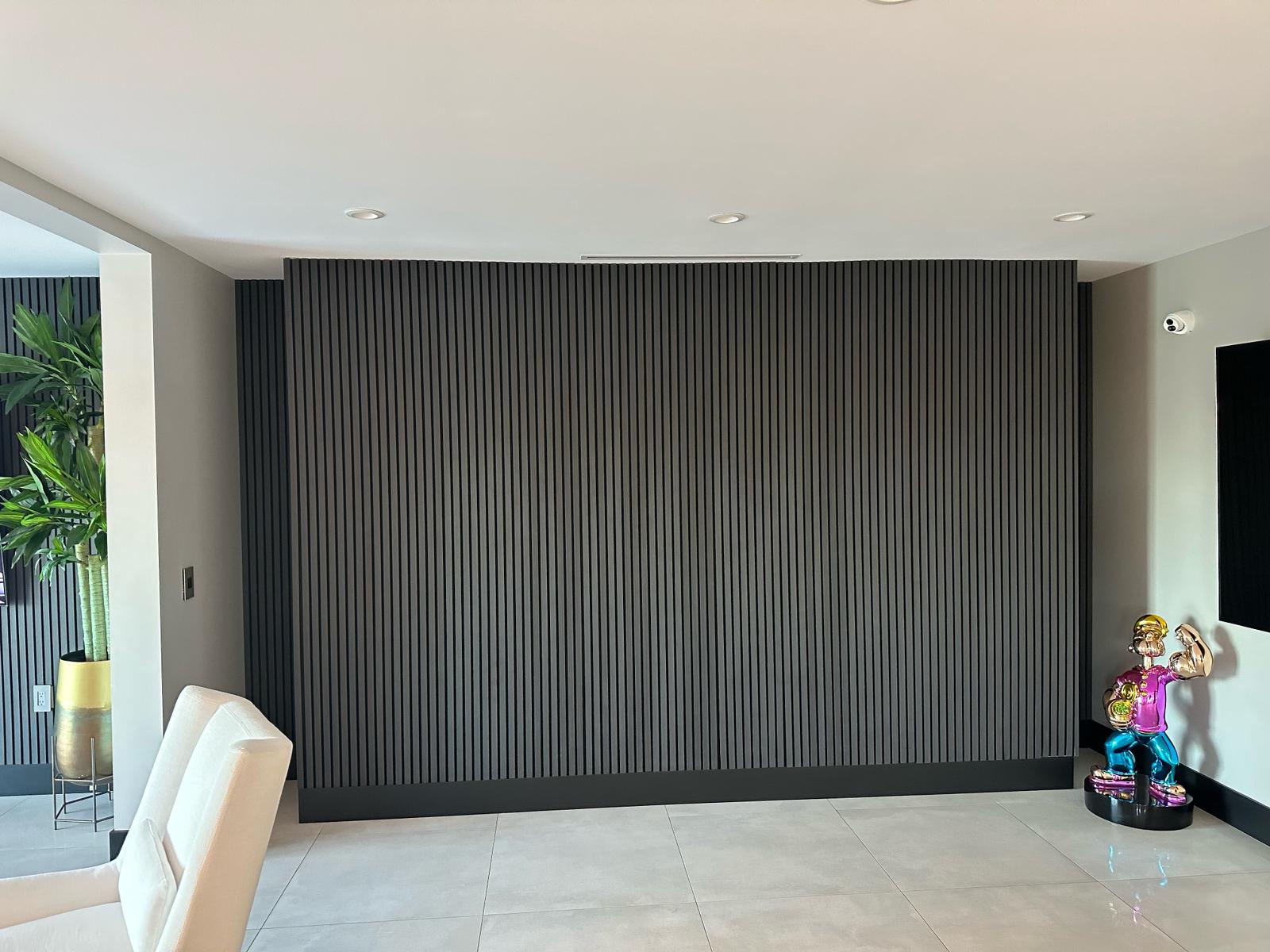You don’t get into your car thinking, “I might meet an accident today,” right? Nevertheless, car accidents are a harsh reality that affects many lives. They occur in a flash of a second but may leave the victims grappling with injuries, trauma, and financial disorder for a long time. That’s when everything changes. This is where a Rockford Car Accident Lawyer comes to your rescue. Besides providing legal guidance, we are your confidante in this time of distress and confusion.
Your Reliable Rockford Auto Accident Attorney
A car accident is a jolting, life-altering event. But, does grappling with insurance firms or the culprit’s lawyers need to be? With a Rockford Auto Accident Attorney, it doesn’t have to be. We are the shield that protects your rights while you focus on your recuperation and coping.
Your Rockford Vehicle Accident Lawyer: Turning Tables in Your Favor
A major accident might seem like you’re stuck in quicksand. The more the struggle, the deeper you sink in bills and paperwork. That’s where the Rockford Vehicle Accident Lawyer comes into the picture, giving you a solid, legal ground to stand upon and pull yourself out.
Rockford Car Crash Attorney: When an Accident Reinforces Your Resolve
Our Rockford Car Crash Attorney is not just there to present you in the court. It’s about ensuring your ordeal transforms into a story of perseverance and hope, and not one of constant struggle.
Seek Service from Rockford Auto Injury Lawyer
Don’t let an accident define your life. Get on the driver’s seat by choosing the Rockford Auto Injury Lawyer and decide the course of your life, irrespective of the accident.
Rockford Car Wreck Lawyer: Giving Voice to Your Distress
With the right Rockford Car Wreck Lawyer, you’re not just another case in the stack of files. Each story is unique, as is yours, and we aim to provide personalized solutions that make a difference.
Rockford Motor Vehicle Accident Attorney: Adding Value to Your Fight
Our Rockford Motor Vehicle Accident Attorney holds the beacon of justice, casting light on your path during the dark days post-accident.
Rockford Auto Collision Lawyer: Addressing Your Legal Concerns
A car accident aftermath often brings unexpected legal challenges. But with our Rockford Auto Collision Lawyer, you receive comprehensive legal advice, preparing you well for what lies ahead.
Rockford Car Accident Attorney: Transforming Legal Hurdles into Stepping Stones
A car accident is an unfortunate event. However, with our Rockford Car Accident Attorney, you gain a companion that fuels your journey from being a victim to a victor by dealing with the legal intricacies and stresses that come along.
Conclusively…
While you can’t erase the accident, you can alleviate its after-effects by seeking assistance from our seasoned Rockford Car Accident Lawyer. Allow us to handle the legal setbacks, while you focus on rebuilding your life anew.
Mahoney & Mahoney, LLC
Address: 109 W Main St, Freeport, IL 61032, United States
Phone Number: (815) 205-8575
Frequently Asked Questions
1. Is it necessary to hire a Rockford Car Accident Lawyer after a minor accident?
Even if it’s a minor accident, legal advice can help understand your rights and protect your interests.
2. Does a Rockford Auto Injury Lawyer handle insurance claims too?
Yes, our lawyers assist with insurance claims, including negotiation.
3. What if I can’t afford a Rockford Vehicle Accident Lawyer?
Most lawyers operate on a ‘no win, no fee’ basis, which means you do not pay unless you win the case.
4. How can a Rockford Car Wreck Lawyer help me after an accident?
A lawyer will guide you through the legal procedures, represent you in court or in negotiations, and ensure you receive rightful compensation.
5. Will the Rockford Car Accident Attorney take care of all paperwork?
Yes, your attorney will handle all the required documentation to make the process hassle-free for you.
